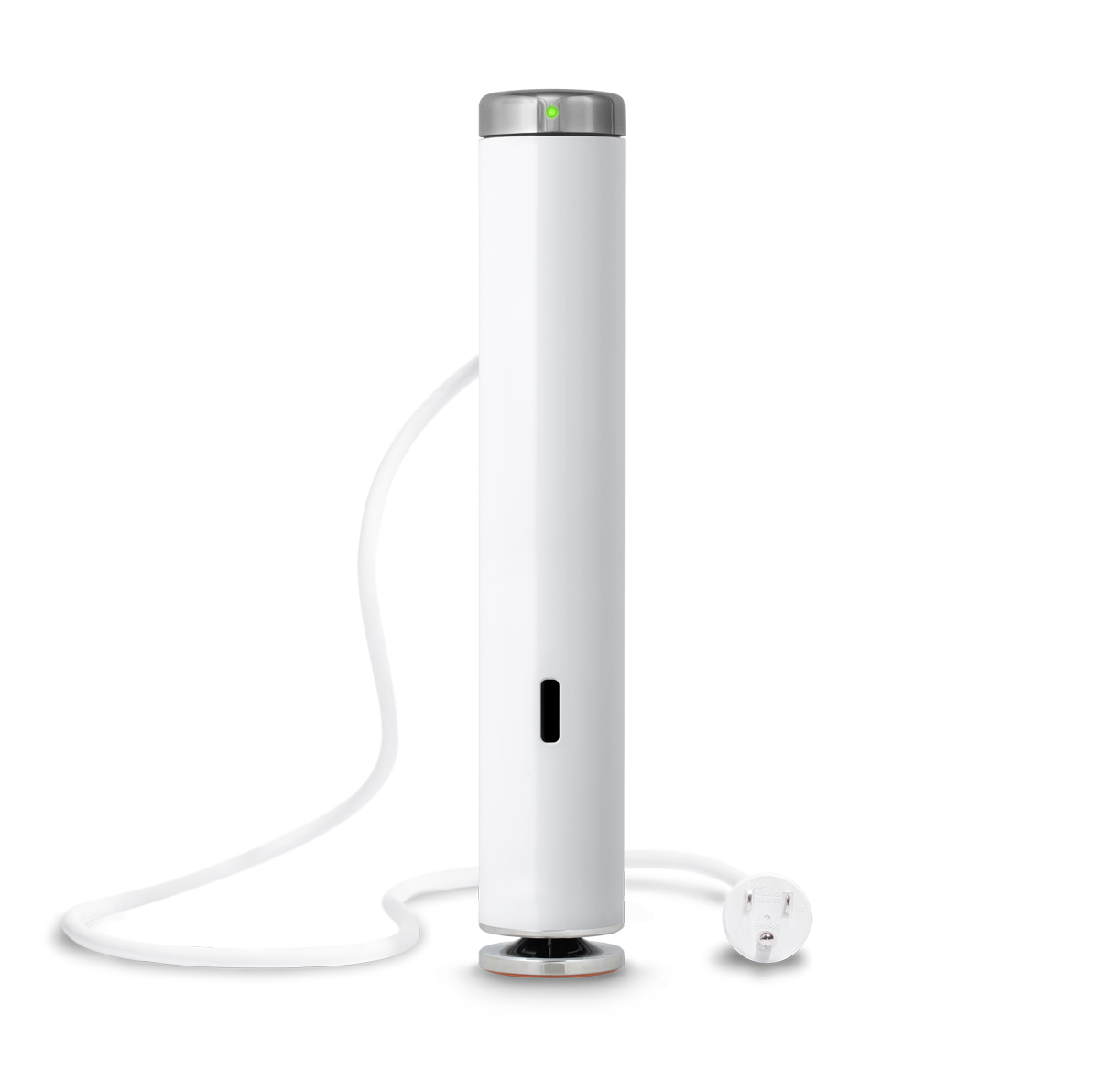Nostalgia Alert!
We recently made a Chicken Pot Pie Casserole and it turned out bad. The filling stayed watery and loose which made it difficult to serve. The taste was good and it introduced me to a product called Better Than Bouillon which is great.
So as a result of that miscue I dug up my old standby Chicken Pot Pie recipe and tweaked it a bit. You'll need:
- 2-3 chicken breasts (cooked) cubed into 1/2 in pieces. (I sous vided mine at 145F)
- 2 Tbsp olive oil
- 1/4 cup each chopped onion, celery, carrots, frozen corn and frozen peas
- 1 clove garlic (or 1in from the squeeze tube)
- 5 Tbsp butter
- 1/4 cup flour
- 1.5 cups milk
- 1/2 cup heavy cream
- 2 tsp Better Than Bouillon (chicken flavor) (or 2 chix bouillon cubes)
- 1/2 tsp salt
- 1 tsp pepper
- 1 tsp fresh thyme (picked off the stems) (or 1/2 tsp dried)
- 1 pop-open can of croissants
Put the olive oil in a big skillet and set to med to med high heat. Add the onions and garlic and cook for 4 min.
Add the garlic, celery and carrots. Cook another 3 min.
While that is cooking melt the 5 Tbsp of butter in another pan. We will make a roux for thickening.
Once the butter melts, add the flour and stir to remove lumps and cook at least 3 min to get rid of the raw flour taste.
Add the chicken to the skillet and heat through gently.
Now add the milk products, corn, peas, bouillon, and seasonings. Bring to a simmer.
Add the roux. Stir to combine. Simmer 5 min at least.
After 5 minutes it should have thickened enough that a spoon leaves a clear area behind.
Turn off the heat, preheat your oven to 400F and ready your bowls. This recipe features dough over the tops of the bowls only. If you are a fan of the totally encased, frozen pot pie you might be disappointed. The difficulty of pre-baking the shells is totally not worth it.
On another note, keep the salt on the low side for this mix. The dough has a surprising amount of salt in it and could push the sodium into the red once you smash the dough and mix it with the filling.
Now cut the dough into equal portions and roll it out into thin sheets that just cover your bowls.
Fill the bowls and place a dough sheet over each one.
Notice that my bowls are on a sheet pan. Trust me, this is the way to handle them.
Bake these in the 400F oven for 15 or until the pastry browns.
This is what they look like when they come out. Let 'em rest for 5 minutes at least.
Smash the pastry into the bowl, stir and eat!

































































